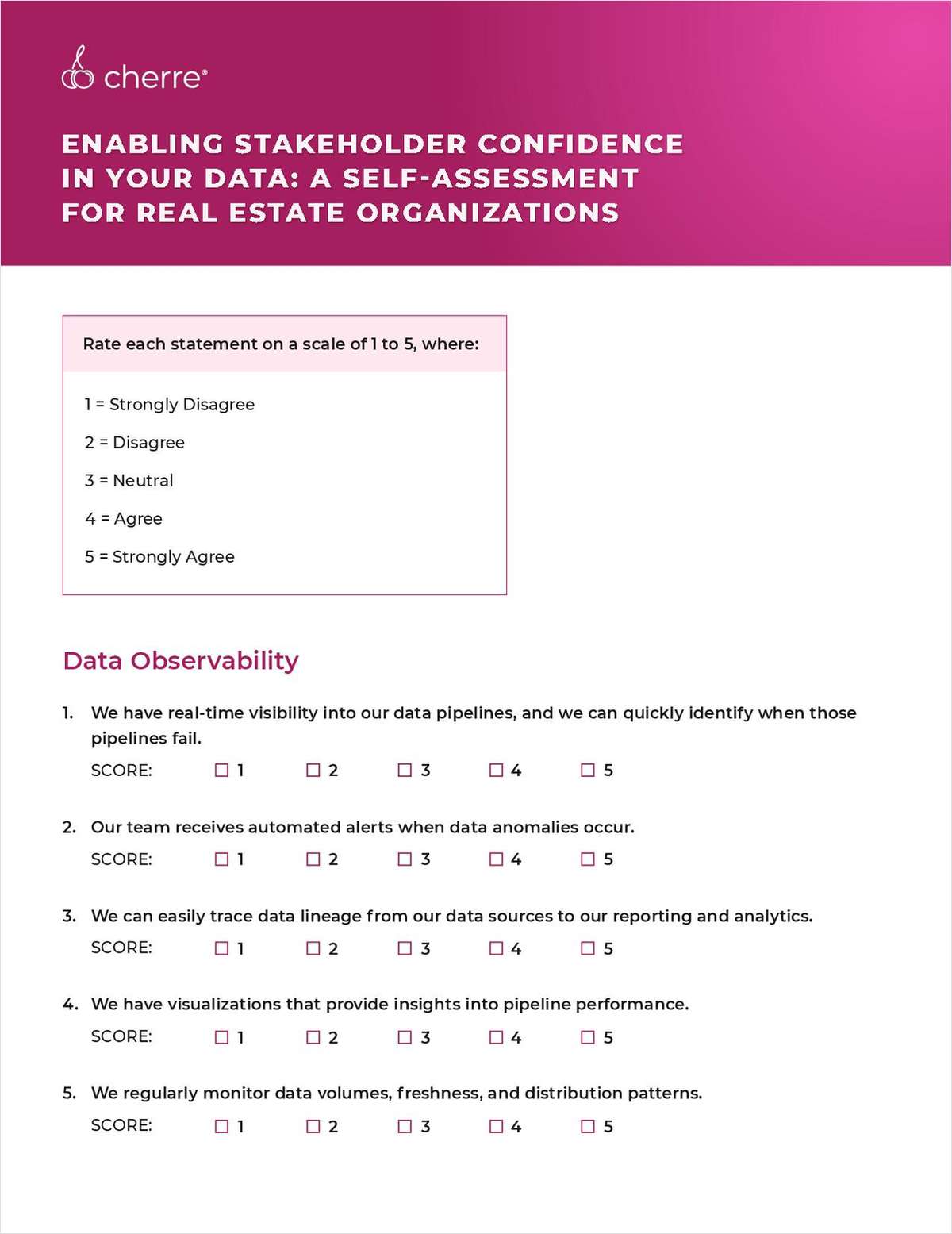What Makes an Office Smart
1. Open, collaborative spaces When it comes to layout and furnishing, many startup and tech offices have a modern, sleek design with open-floor plans and shared desks to facilitate the collaborative environment. A common feature is flexibility, provided by different spaces used for different functions such as hotel lobby-like seating areas for ideas sharing and informal conversations, and more private space like soundproof glass offices for focused activities such as programming. As my colleague has discussed before , historic buildings that have been converted into open, loft-style office spaces are proving especially popular with a millennial work force. These adaptive reuse projects can be a particularly lucrative solution to the shortage of development sites in urban areas (for lots more in adaptive reuse, see this webinar ) 2. Connectivity is King Of course, wi-fi connectivity is a primary concern for the tech and startup industries. Office building owners and managers must ensure network systems continually evolve to keep up with ever-growing mobile data performance demands. 3. A focus on sustainability Many Tech offices include a significant investment in green initiatives, including efficient lightbulbs, water fixtures, double glazed windows, recycling efforts and renewable energy production/consumption. 4. Smart Building Systems In addition to innovative design, addressing operational efficiencies of building systems is critical to creating the optimal smart space. Ensuring that building systems operate efficiently and as intended is critical to reducing its overall footprint.
- Lighting Performance. Positive lighting features have been shown to be some of the most efficient ways of reducing a building's energy usage. ENERGY STAR rated lighting fixtures; timers and dimmers; and smart features such as dynamic lighting that adjust according to amount of natural light all play a big role in lowering energy consumption.
- BIM. Architecture is changing with the widespread adoption of computational design and building information modeling (BIM), which provide better data for the design process. BIM software allows for major building components (such as electrical, IT, communications, HVAC and mechanical, plumbing and fire protection systems) to be seen in three planes, enabling construction costs, fabrication details, and schedules to be accurately calculated. Ongoing facility management uses can also be incorporated into BIM to streamline maintenance and operation of the building systems over the life of building ownership. For more on BIM, see here.
- Continuous retro-commissioning. Retro-commissioning (Rx) involves a comprehensive assessment of the system components operation, performance, and sequence in order to ensure that it is performing to specification and within design parameters. As HVAC systems age it's natural for performance erosion and increasing energy use to occur, so regular review to keep them operating optimally is key to efficient building operation. Resetting parameters for out-of-synch building systems such not only reduces your energy bills but improves the building's operability and therefore, occupant comfort satisfaction.
- Interoperability of building systems. The Internet of Things (IoT) makes it possible to collect huge amounts of data, which can be used to expedite or even automate management decisions; resulting in improved efficiencies and reduced down time. Heating and ventilation systems, lighting, distributed power, security, elevators systems, CCTV, communications, parking, utility grid meters, vending machines, water management, landscaping/irrigation, digital signage and voice communications can all be operated and optimized through centralized management systems. This interoperability of building systems allows for more informed, and more efficient, asset management.
- Building Automation System Master Planning – Like a facility master plan, this is an integrated, flexible framework that ensures that any improvements or system adjustments are executed as effectively, cost-and time-efficiently as possible, and that they are in compliance with all relevant industry/building codes and standards. Planning this comprehensively up front can save time and money by avoiding costly revisions and change orders.
The New Risks
orchestrated a cyberattack Register here About S. Ira Grossman Mr. Grossman has 40 years experience years of experience in architecture, construction and due diligence consulting throughout the United States. A respected veteran in the due diligence industry, Mr. Grossman has provided engineering and environmental services to major corporations both as an internal resource and as a third-party consultant.
© 2024 ALM Global, LLC, All Rights Reserved. Request academic re-use from www.copyright.com. All other uses, submit a request to [email protected]. For more information visit Asset & Logo Licensing.









